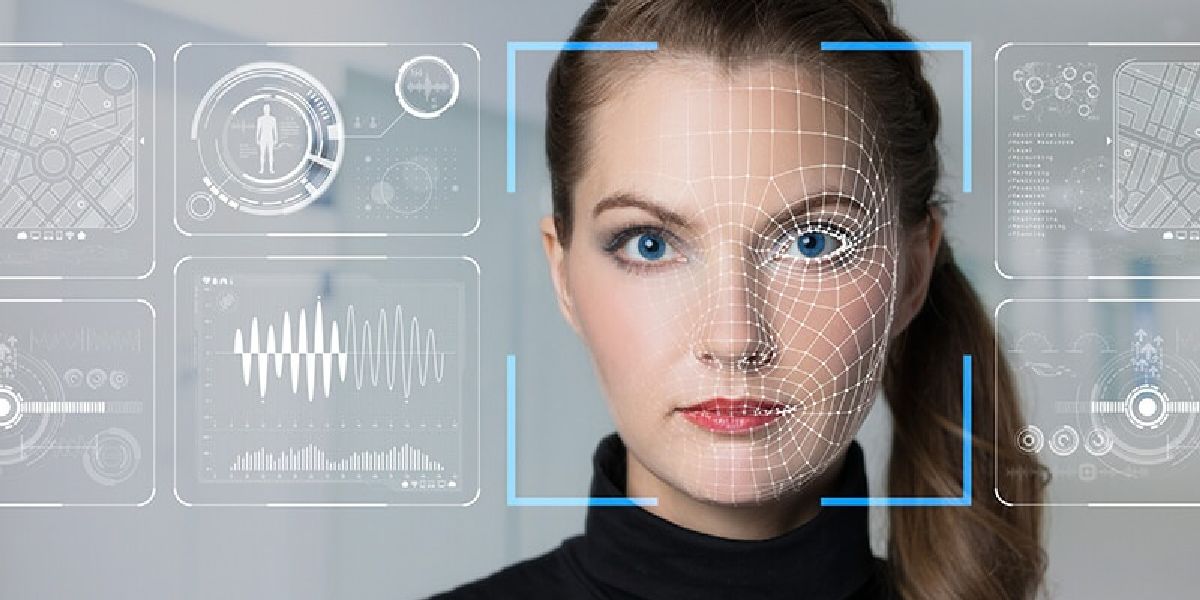As security-threats evolve, it’s crucial for organizations to stay ahead of the curve by utilizing the latest biometric authentication technologies. One area that is rapidly advancing is liveness detection which is the ability to distinguish live users from spoofed or fraudulent attempts. Liveness detection is a technology employed in security and authentication systems designed to distinguish between a real, live person and a fake representation, such as a photograph, video recording, or mask. Incorporating a cutting-edge liveness detection software development kit (SDK) can significantly enhance the security of your organization’s systems and help prevent a wide range of identity spoofing attacks.
Risks of Traditional Security Systems not using Liveness Detection SDK
| Risk | Description | Vulnerabilities of Old Technologies |
|---|---|---|
| Account Takeover | Attackers can gain unauthorized access to accounts using stolen credentials or by exploiting weak passwords. | Reliance on passwords and PINs, which are easily compromised. |
| Identity Fraud | Cybercriminals can impersonate real users to open fraudulent accounts, apply for loans, or access sensitive information. | Basic facial recognition systems that can be fooled by photos or videos. |
| Deepfake Attacks | Sophisticated deepfake videos and images can be used to trick facial recognition systems, leading to account hijacking or unauthorized access. | Older facial recognition lacked the ability to distinguish real faces from deepfakes. |
| Mask Spoofing | Attackers may use detailed masks to deceive facial recognition systems, gaining access to secure facilities or bypassing authentication. | Less sophisticated facial recognition systems might not detect intricate masks. |
| Replay Attacks | Previously recorded videos or photos can be used to fool authentication systems into thinking a live person is present. | Older systems may have lacked the tools to detect replay attacks. |
| Financial Fraud | Fraudulent transactions can be initiated if security systems cannot guarantee the identity of the person authorizing payments. | Less secure systems may be vulnerable to social engineering techniques that trick users into approving fraudulent transactions. |
| Sensitive Data Theft | Confidential data or intellectual property can be stolen if security systems cannot prevent unauthorized access. | Outdated encryption and data protection methods leave sensitive information exposed. |
| Physical Intrusion | Unauthorized individuals can gain access to restricted areas by spoofing authentication systems at entrances. | Legacy access control systems may have weaknesses in their authentication protocols. |
| Loss of Reputation | Security breaches due to inadequate authentication can damage a company's reputation and lead to customer mistrust. | Reliance on outdated systems signifies a lack of commitment to security. |
| Regulatory Non-Compliance | Failure to implement strong security measures, including liveness detection, can lead to non-compliance with data protection and privacy regulations. | Older systems may not meet evolving regulatory standards. |
Cutting-Edge Features of Liveness Detection SDKs
| Feature | Description | Technology Used |
|---|---|---|
| 3D Depth Sensing | Creates a 3D map of the user's face, ensuring the subject is a live human and not a flat representation. | Infrared light, structured light, Time-of-Flight (ToF) sensors |
| Micro-Expression Analysis | Detects subtle facial micro-expressions difficult for attackers to replicate. | High-speed cameras, advanced image processing, machine learning algorithms |
| Anti-Spoofing Algorithms | Detects various spoofing attempts like photos, videos, and masks. | Texture analysis, pattern recognition, deep learning models |
| Skin Texture Analysis | Analyzes the skin's texture to differentiate between real and artificial surfaces. | High-resolution cameras, image processing techniques |
| Eye Tracking and Blink Detection | Tracks eye movements and detects natural blinking patterns. | Eye-tracking cameras, image processing, behavioral analysis |
| Challenge-Response Mechanisms | Requires the user to perform actions like smiling, head movements, or speaking a phrase. | Cameras, motion sensors, voice recognition |
| Motion Detection | Detects subtle movements or changes in the scene for added verification. | Video analysis, pattern recognition |
| Texture Analysis | Analyzes textures of faces and objects for inconsistencies that may indicate spoofing. | Feature extraction (e.g., LBP, SIFT), machine learning classifiers |
| Reflection Analysis | Detects unnatural reflections or their absence in eyes or on surfaces. | Computational photography techniques |
| Heart Rate Detection | Remote detection of heart rate via subtle color changes in the skin. | High-sensitivity cameras, signal processing |
| Noise Analysis | Analyzing noise patterns in images or video feeds for signs of manipulation. | Image processing, statistical analysis |
| Cross-Platform Compatibility | Ability to integrate the SDK across various operating systems (Android, iOS, Windows, etc.) and devices (mobile, web, etc.) | Native development, platform-specific optimizations |
| Customization | Control over sensitivity levels, verification thresholds, and user interface elements. | Modular design, developer API documentation |
Key Areas Where Liveness Detection SDKs Make a Difference
| Subheading | Description |
|---|---|
| Account Creation and Onboarding | Prevents the creation of fraudulent accounts, ensuring only real people have access to sensitive services. |
| Remote Authentication | Provides an extra layer of security for logging into systems remotely, protecting accounts from unauthorized access. |
| High-Value Transactions | Safeguards against fraudulent activity during processes like fund transfers and purchases of critical assets. |
| Access to Secure Facilities | Prevents unauthorized entry into restricted areas, ensuring the security of sensitive locations. |
| eKYC Processes (Electronic Know Your Customer) | Enables reliable identity verification in online banking, financial services, and other regulated sectors. |
| Age Verification | Restricts minors from accessing age-inappropriate content or services. |
| Exam Proctoring | Mitigates cheating attempts in online tests through secure student authentication. |
| Patient Identification | Ensures accurate patient identity in healthcare systems to prevent medical errors and potential fraud. |
| Attendance Tracking | Improves the accuracy of attendance records in workplaces and educational institutions. |
| Smart Home Access | Adds an extra layer of security to prevent unauthorized access to smart home devices and systems. |

Future Enhancement in Liveness Detection SDK
Multi-factor authentication
Integrating liveness checks with other identity signals like device fingerprinting, behavioral biometrics and geolocation could introduce an additional layer of validation. This multi-dimensional approach will make spoofing more difficult.
Continuous authentication
Moving beyond single authentication to periodic liveness verification during device usage sessions can stop impersonation attacks after initial access. Active authentication using subtle biometrics like keystroke or touch dynamics is an exciting frontier.
Anti-circumvention measures
Deploying advanced counter-measures that make tasks like fingerprint duplication or photo printing more challenging can discourage spoofing attempts at the outset. Holographic labels or micro-engraving of biometric templates warrant exploration.
Modal fusion
Weaving evidence from multiple biometrics like iris, face and fingerprints through deep learning models, instead of assessing them in isolation, could significantly boost assurance. Multibiometric DNNs show promise in this area.
On-device processing
Enabling privacy-preserving liveness checks directly on devices using lightweight neural networks and dedicated AI accelerators ensures user data is not exposed during transmission or processing. This enhances both security and user experience.
Final Words
In today’s digital world, advanced authentication techniques are essential for security systems to function effectively. As deepfakes and other spoofing methods become increasingly sophisticated, liveness detection serves as a crucial line of defense. By integrating a state-of-the-art liveness detection SDK, companies can future-proof their offerings and ensure user verification remains robust. More than ever, consumers demand seamless and secure online experiences. An investment in cutting-edge liveness detection pays dividends by building trust and fostering long-term relationships with customers.

